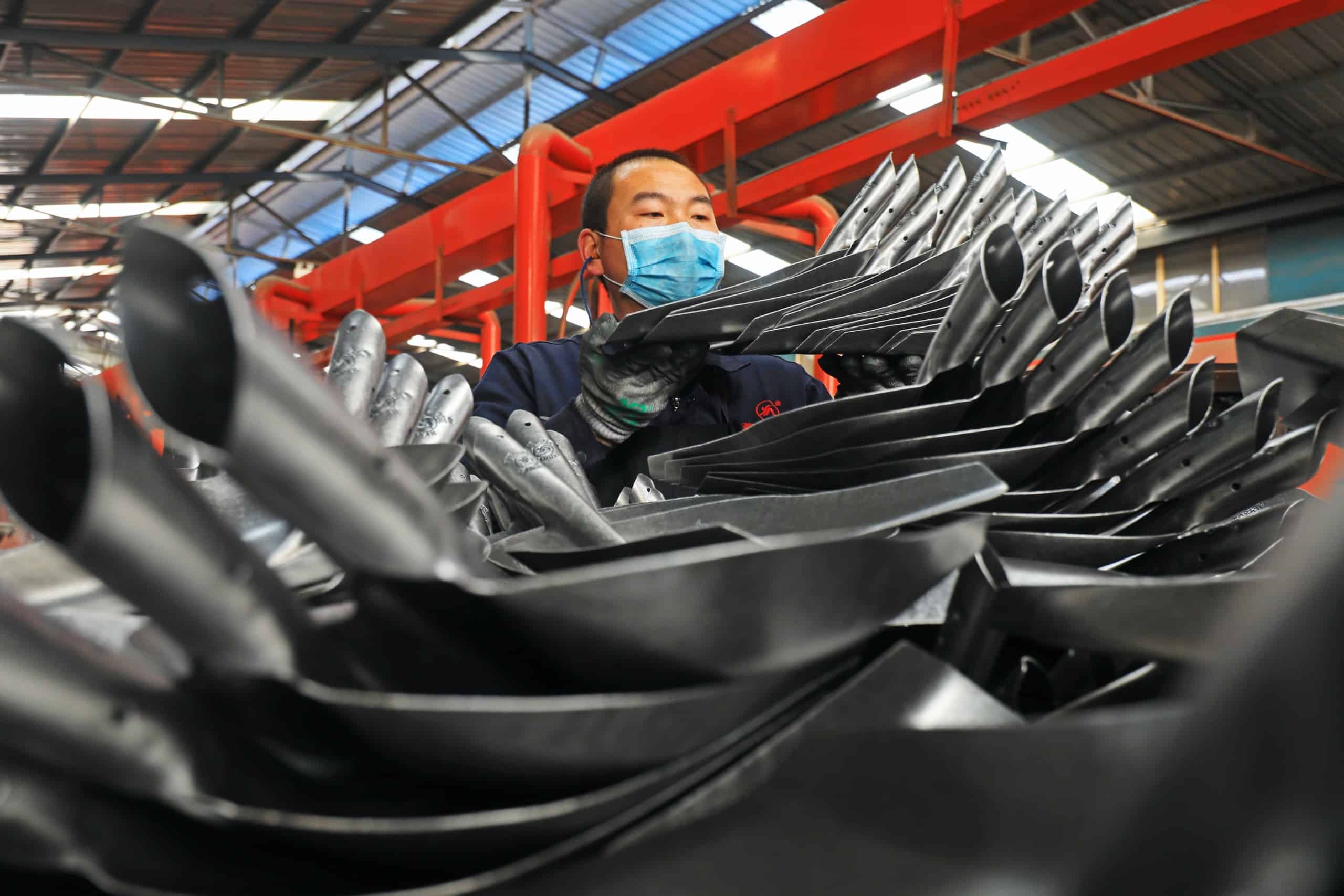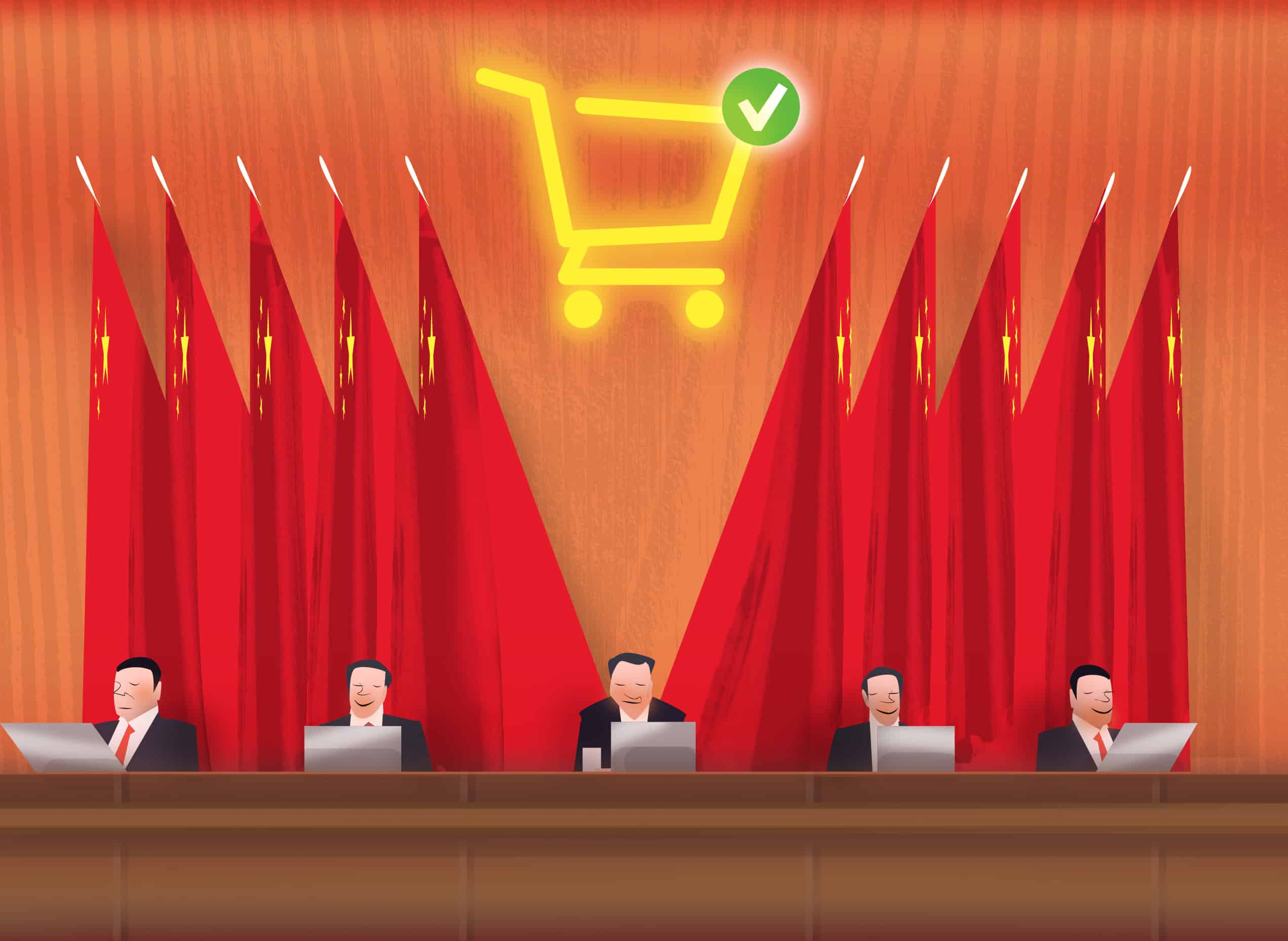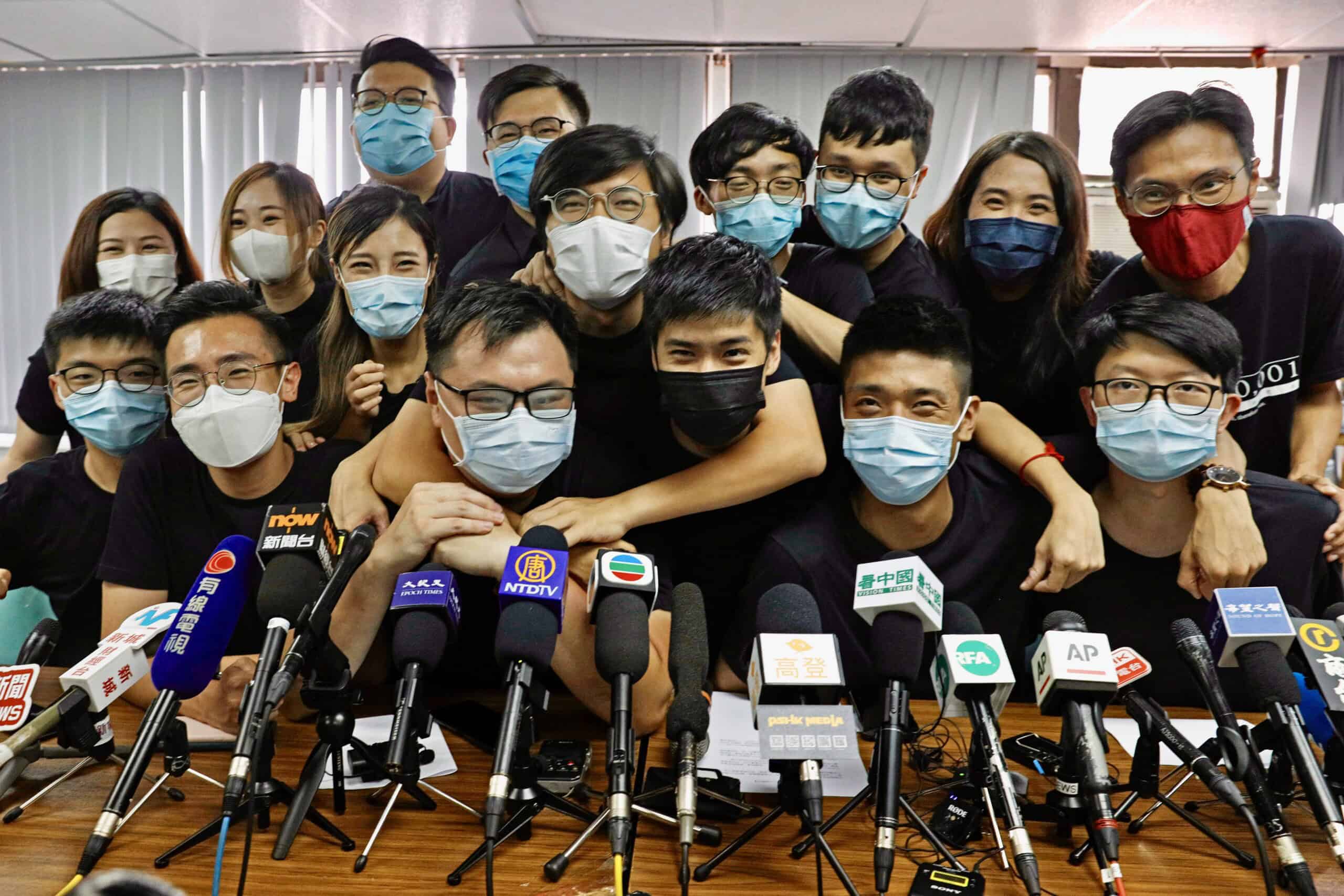
Credit: chinahbzyg, Shutterstock
On July 16, China announced that in the second quarter of this year, its economy grew 3.2 percent, a remarkably strong showing at a time when much of the global economy is in tatters because of the ongoing effects of a global pandemic. The figure suggested that China, once again, could lead the global economy during an economic and financial crisis.
But a closer reading of the data points to a much darker picture, for China and the rest of the world — including signs that structural problems at home could have deep and lasting negative effects on China and the global economy. The most serious problems could even exacerbate inequality, at home and abroad.
Let me explain. My reading of recent economic data released by China indicates that while it’s headline growth is strong, domestic consumption is weak and the country’s massive workforce of migrant and unskilled labor — workers who are the backbone of this “workshop of the world” — are being hit hard.While some figures suggest unemployment is at 5 percent in China, other surveys indicate that figure is in double digits. In short, a lack of government directed financial support for migrant workers has led to persistent and large declines in consumption by households. Just as in the U.S. and other major economies, income insecurity is widespread in China.
One indication of the problem can be found in retail sales and consumption, which are weak. And the government seems to be doing little to prop up domestic demand. It has not offered substantial financial aid to bolster sales inside the country, like many other countries. While China has rolled out some “guarantees” to ensure growth, and the functioning of the government itself, China’s financial support pales in comparison to the trillions of dollars in direct income support that the U.S. and European countries have announced.
A key indicator is China’s health and social security spending in the first half — it only totaled 2.8 percent of GDP in the midst of the worst health crisis the country has seen since the Great Leap Forward.
Indeed, with Chinese corporates and consumers already heavily in debt, the government is putting pressure on its huge workforce to bear it and help the nation ramp up production.
Perhaps worried about a repeat of 2008-2009, when Beijing unleashed a massive stimulus package that drove growth but also massive debt, the country’s economic planners now seem determined to strengthen the country’s fiscal position by reducing debt and focusing instead on backing state-owned firms and industrial plans that aim to produce goods for the export market. At a time when other companies around the world are weak and perhaps even unable to operate, China could flood the markets with low-cost goods and gain market share. In the first half of 2020, China posted a healthy trade surplus of $167 billion dollars.
To help maintain those surpluses, and cushion against capital flight and devaluation pressure, the government is providing tax packages and subsidies to state firms and exporters.
This could not just help China gain even more strength in the global markets, and drive out competitors, but it could also create deflationary pressure on global prices — exacerbating inequality, at home and overseas.
This is China’s supply side recovery.
China’s recovery is lopsided, with visible gains on some sectors on the production side and obvious weakness on the demand side. And ultimately, this is bad for ordinary workers in China, and for the rest of the world.
What’s wrong with this? Well, tens of millions of people in China, particularly migrant workers, are still suffering from underemployment and weak social welfare coverage. Even months into China’s recovery, Chinese households are still spending 20 percent less on food and beverages than they did in 2019. These figures suggest their lives will be negatively impacted for years to come. For the rest of the world, the lack of strong demand from China means that a high level of Chinese goods, partially backed by state subsidies, will flood the world for years to come, preventing producers the rest of the world to have pricing power — and hurting low-income workers in those nations.
It’s a lose-lose situation.

Victor Shih is an associate professor of political economy at UC San Diego, and the author of Factions and Finance in China: Elite Conflict and Inflation. @vshih2



